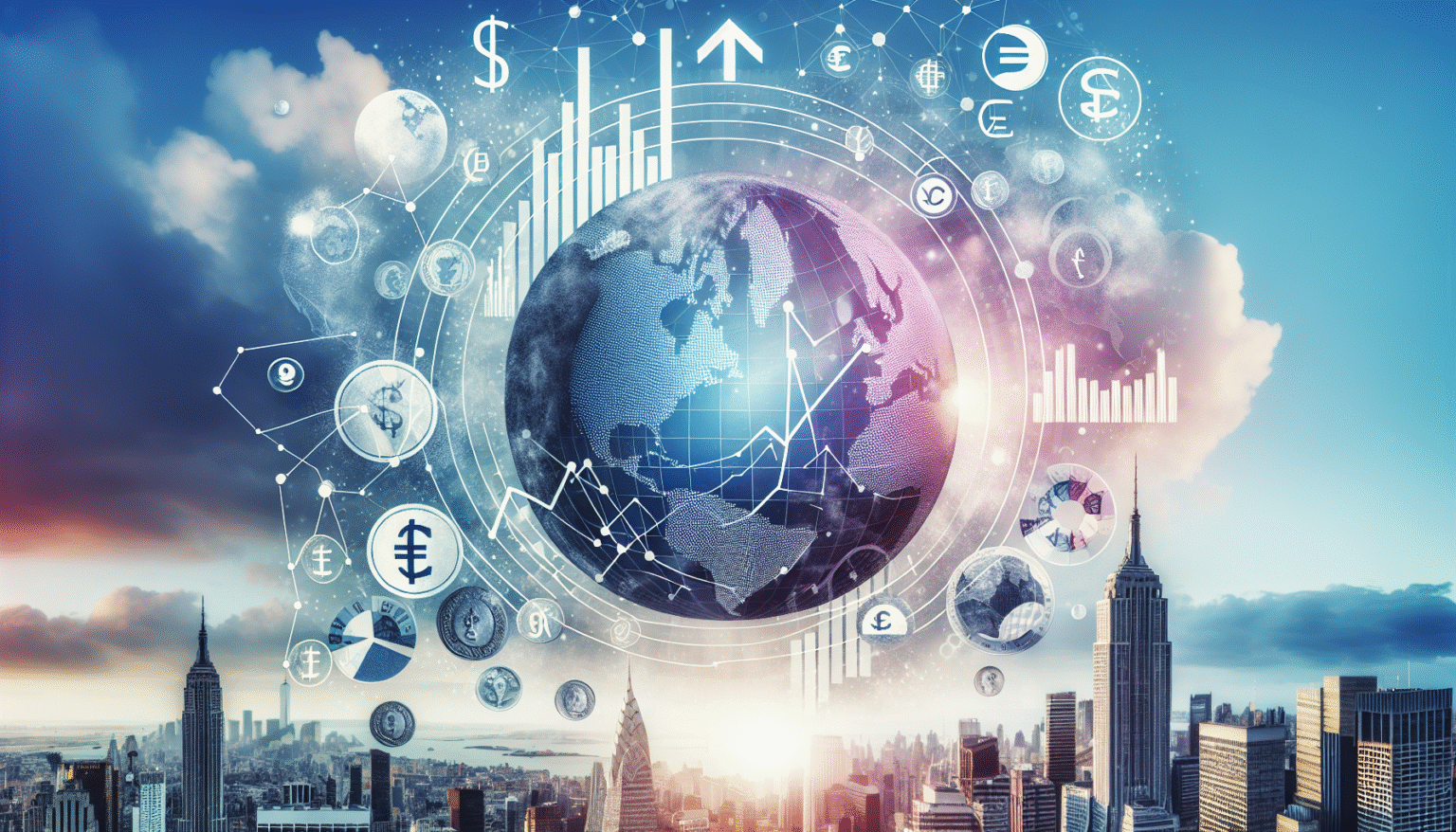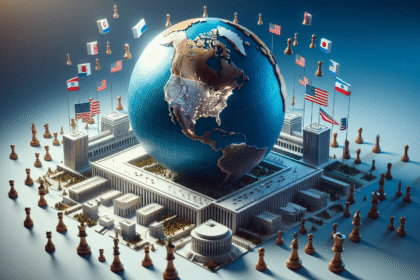Understanding Economic Implications of Modern Market Dynamics
1. Definition of Economic Implications
Economic implications refer to the consequences or effects that changes in economic policies, market conditions, or consumer behaviors have on businesses, consumers, and the overall economy. These implications can be immediate or long-term and can affect various sectors differently, influencing cycles of growth, recession, or stability.
2. The Role of Supply and Demand
One of the fundamental concepts in economics is the law of supply and demand. The interplay between supply and demand affects price levels and market equilibrium. When demand increases without a corresponding increase in supply, prices tend to rise, leading to inflation. Conversely, an oversupply with stagnant demand leads to falling prices, affecting profitability and often resulting in layoffs and business closures.
2.1 Price Elasticity of Demand
Price elasticity measures how much the quantity demanded of a good responds to a change in price. Goods with high price elasticity, such as luxury items, see a significant drop in demand when prices rise, while necessities, like food and medications, remain stable in demand. Understanding elasticity is crucial for businesses to set optimal pricing strategies.
3. Impact of Fiscal Policy
Fiscal policy, including government spending and taxation, plays a vital role in shaping economic implications. Expansionary fiscal policies, characterized by increased government spending and tax cuts, can stimulate economic growth by boosting consumer and business confidence.
3.1 Government Spending
Government spending can directly inject funds into the economy, creating jobs and increasing demand for goods and services. For instance, investments in infrastructure result in short-term employment and long-term productivity gains. Economic implications here include potential inflation if the economy reaches full capacity.
3.2 Taxation Changes
Changes in taxation can lead to varying economic outcomes. High taxes may discourage investments, while tax incentives can promote growth in specific sectors. The real estate market, for example, often sees fluctuations in activity based on tax rebates or credits for homebuyers.
4. Effects of Monetary Policy
Monetary policy, governed by central banks, influences interest rates and money supply, affecting consumption and investment decisions. Lowered interest rates decrease borrowing costs, encouraging spending and investment, which can accelerate economic growth.
4.1 Interest Rates
If interest rates rise, borrowing becomes more expensive, which can slow economic expansion. Conversely, lower rates can stimulate investment but might also lead to asset bubbles. The implications of these shifts can ripple through the economy, affecting everything from consumer spending to employment rates.
5. Global Trade Dynamics
Global trade policies and developments can lead to significant economic implications, especially in an interconnected world. Trade agreements or tariffs can influence domestic markets, affecting availability, pricing, and competitiveness.
5.1 Trade Agreements
Trade agreements typically lower barriers for exports and imports, fostering greater economic interdependence. Major agreements like NAFTA or the EU’s single market have resulted in heightened competitiveness but can also threaten domestic industries that struggle against cheaper imports.
5.2 Tariffs and Trade Wars
Tariffs can protect fledgling industries from foreign competition but often lead to higher prices for consumers. Trade wars, as seen between the U.S. and China, can stifle economic growth through uncertainty, prompting firms to delay investments.
6. Technological Advancements
Technological breakthroughs can reshape market dynamics, introducing efficiencies and altering consumer behavior. The digital revolution, highlighted by the rise of e-commerce and AI, has created new economic implications, impacting traditional retail models and labor markets.
6.1 Automation
Automation reduces costs and increases efficiency but also raises concerns over job displacement. The socioeconomic implications include potential skill mismatches in the labor market, necessitating new training initiatives and education programs.
6.2 E-commerce Growth
The surge in e-commerce has transformed consumer shopping habits, prompting traditional retailers to adapt or face decline. This shift influences everything from logistics to marketing strategies, driving businesses to invest in new technologies and supply chain efficiencies.
7. Environmental Considerations
The increasing focus on sustainability and environmental responsibility presents both challenges and opportunities within economic frameworks. Businesses must adapt to new regulations regarding emissions and resource usage.
7.1 Sustainable Practices
Companies adopting sustainable practices often gain competitive advantages. Consumers increasingly prefer brands that prioritize eco-friendly operations, leading to shifts in market dynamics and potentially higher profit margins.
7.2 Resource Scarcity
Resource scarcity introduces economic implications that require strategic responses. Industries dependent on finite resources must innovate alternatives or enhance efficiency to remain viable, influencing pricing structures and market competitiveness.
8. Behavioral Economics
Behavioral economics examines how psychological factors impact economic decisions. Understanding the cognitive biases that influence buyer behavior can enable businesses to tailor marketing strategies more effectively.
8.1 Consumer Behavior Patterns
Impulse buying and loss aversion are significant factors in purchasing decisions. Companies can enhance economic outcomes by fostering loyalty through rewards programs or limited-time offers, driving consumer engagement.
9. Impact of Demographic Changes
Shifts in demographics—such as age, ethnicity, and geographic distribution—shape economic implications significantly. Aging populations in developed countries pose challenges for labor markets and social welfare systems, while younger populations in developing nations can lead to economic booms.
9.1 Labor Market Dynamics
As the population ages, there may be a shrinking workforce leading to increased wages in certain sectors due to labor shortages. However, also supporting increased automation as companies seek to maintain output levels.
9.2 Consumer Spending Trends
Demographic changes also inform spending patterns. Millennials, for example, may prioritize experiences over material goods, influencing shifts in retail strategies and service-focused industries.
10. The Relationship between Economic Indicators
Economic indicators such as GDP, unemployment rates, inflation rates, and consumer confidence provide insights into economic health. Understanding these relationships is essential for predicting future trends and crafting informed economic policies.
10.1 GDP Growth
GDP growth is often viewed as a primary indicator of economic health. Fluctuations in GDP influence investment decisions, government policy, and consumer confidence. A rising GDP often correlates with lower unemployment rates, creating a virtuous cycle of economic growth.
10.2 Inflation and Unemployment
The Phillips curve illustrates the inverse relationship between inflation and unemployment. Central banks must balance inflation control with employment objectives, making timely adjustments to monetary policies to prevent economic overheating or stagnation.
By understanding these multifaceted economic implications, decision-makers can navigate the complexities of the global economy more effectively, allowing for informed planning and strategic investments that promote sustainable growth.






